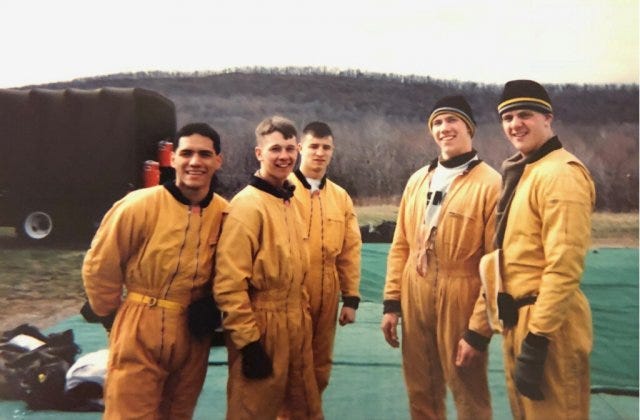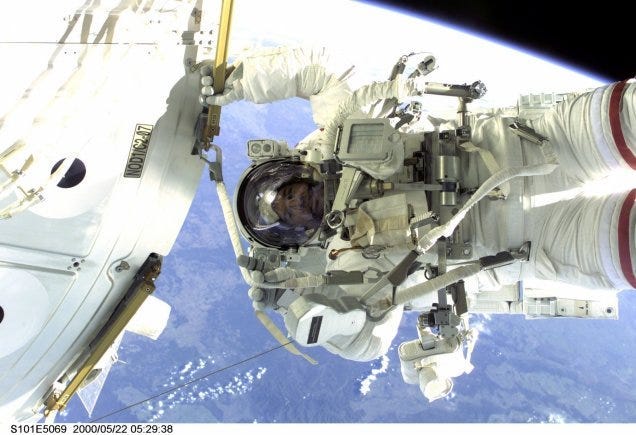
By Brandon OConnor
WEST POINT, N.Y. -- On the precipice 240 miles above the earth, Jeff Williams was ready to enter into the void. It was a feeling he'd become used to over the years; solid ground beneath your feet, nothing but empty air across the ledge. But this time it was different. This was no helicopter flying over the U.S. Military Academy's Camp Buckner, where he had jumped countless times as a member of the West Point Parachute Team.It was a step off the space shuttle for a seven-hour spacewalk to continue the process of constructing the International Space Station. "The sensation of being outside the spacecraft, orbiting the earth every 90 minutes, controlling yourself with just fingertip control and seeing the earth below, that is why I call it the ultimate skydive," Williams, a retired Army colonel, NASA astronaut and a member of USMA Class of 1980, said. "It is absolutely incredible."When he arrived at West Point from the dairy farm in Wisconsin where he was raised, a future that included flying on anything, let alone a rocket into space, wasn't on Williams' radar. His father had served in West Germany for a few years following World War II, but that was the extent of the military service in his family. Williams learned about the academy through his father's role as a high school guidance counselor and from the get go his plan wasn't necessarily a lengthy Army career. Heck, he wasn't even sure if he was going to stay at West Point for the full four years. His goal was simply to prove his friends wrong who had doubted he would last at the banks of the Hudson River."I remember having friends from my hometown and one said you won't make it past the summer and Beast Barracks," Williams said. "The other one said he probably won't make it to Christmas. I was going to at least win their arguments and beat both of them."Then he learned to fly and any thoughts of leaving the academy were gone. When he'd first entered the academy, Williams didn't even know the Army had aircraft, but at the end of his plebe year in 1977 he found the West Point Parachute Team. At the same time, his cadet sponsor was the commander of the academy's aviation detachment. By leaving the ground and soaring through the air, he found the balance needed to be successful at West Point. His sponsor and the other members of the aviation detachment taught him about their experience flying in Vietnam and introduced him to all an Army aviator could do, while the parachute team brought him friends and adventure.First, the members of the team learned to jump via static line. Then they did "hop and pops" where you jump out and immediately pull your parachute. Finally, they started adding freefall time, first 10 seconds, then 20, then 30. In those days, during the afternoon the members of the team would jump into Camp Buckner, whereas nowadays the team spends its afternoons after class jumping onto The Plain at the center of the academy. On weekends, they would travel out to Walkill to an abandoned airfield and jump all day. Go up, jump, land, fold up your parachute and go again six or seven times in a single day. Jump after jump, Williams came to love the thrill and the intricacies of learning how to use and trust the parachute system. After not even knowing the Army had aircraft, he quickly set his sights on becoming a pilot following graduation. It was also during those years when Williams first considered the idea of being not just an Army pilot, but an astronaut. During his cow year at the academy, Gen. Bob Stewart was selected to become a NASA astronaut making him the first active duty Army officer selected by NASA. A visit by Stewart to West Point, time spent with future astronaut Jim Adamson, who was teaching at West Point at the time, and reading "The Right Stuff" by Tom Wolfe opened Williams' eyes to the possibility of space flight, much as joining the parachute team had first peaked his interest in being a pilot.

